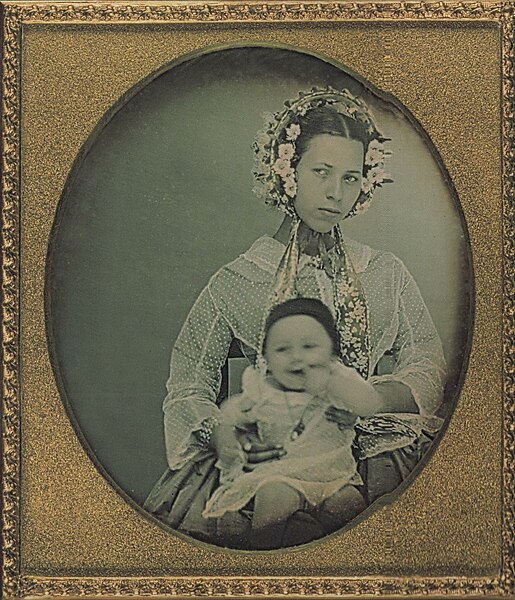Fanciful Utility by Anna Worden Bauersmith
This review is long overdue--the book's been out for years, and I've made several projects from it already--but I like it, and think it's worth discussing. For anyone unaware, The Sewing Academy has bonus content, ie two more needlebook templates (see one made-up here). Normally, this is where I'd recommend checking out the free projects to get a feel for the author's style, but in this case, the instructions are in the book, so it's not the best example.
It is, however, an excellent introduction to how the book is formatted.
The initial chapters serve as an introduction to period sewn sewing tools, including the materials used to make them, and the items used to outfit a sewing kit/housewife. All of the techniques used in the book are also described up front, so that when you actually get to a project, it mostly gives you the templates needed, and an overview of what order to built the item in. Everything else--plain sewing, embroidery stitches, design transfer, covering pasteboard, hinge-making methods--is dealt with earlier. While this is certainly is expedient for the returning reader/maker (and keeps the 157-page book from ballooning with repetition), first-timers should be sure to read all the introductory materials.
All of the templates and illustrations are line drawings in black and white; the templates are all full-sized, with only a few of the largest pieces spanning two pages. I found the illustrations adequate for explaining processes and steps; there are also 4 pages of color photographs at the beginning, which show fun examples of most of the completed items.
Because the book is set up to teach methods and offer a variety of design ideas, it's hard to say just how many "projects" are included. By my count, there were nine basic needle book shapes, five soft case/pocket designs, two structured boxes, one scissors case, and four doll-sized projects. For each of these, different options for materials and embellishments are suggested. At the extreme, the rectangular needle book has illustrations for fourteen different versions, plus a padded/quilted variation.
There aren't many downsides to this book, in my opinion, and I think that most Victorian sewing enthusiasts will enjoy it. I will note that pin cushions are not included (excepting the ones built into some of the rolls/boxes); perhaps a sequel will be forthcoming at some point. I also would not mind more colored pictures of completed projects. The two main obstacles would be if you need explicit step-by-step instructions without flipping between pages, or if you tend to get paralyzed by indecision when presented with many options. Otherwise, I expect that most people will find this book versatile and useful.
Stars: 5 stars.
Level: Very motivated beginners and up. All the needed techniques are included, and plenty of clear direction is given, but new or timid sewists may find themselves overwhelmed.
Accuracy: High. As far as I can tell, every project is taken from an original (with a few extrapolations from multiple original items), or from instructions in a period publication.
Strongest Impression: There are a lot of projects here, but I find them approachable, and fairly quick to make (sans embroidery). The structure of the book empowers the reader to replicate period techniques and styles, while providing plenty of ideas for customization.
*Bonus review of the pillow pin cushion: The instructions appear quite thorough, and each step of the process is illustrated with a color photograph. The reader is referred to Fanciful Utility, but unless you need to review stitching techniques, I don't think it will be necessary to consult the book. Also included in the pdf is a page about the original pin cushion (including multiple pictures and commentary on the materials/construction), a page of period instructions for other 'segmented' pin cushions, and color photographs of three different reproduction pin cushions. There's also a materials list, and a note from the author. I'm looking forward to trying this project, and rather like the version with the black ribbons.












